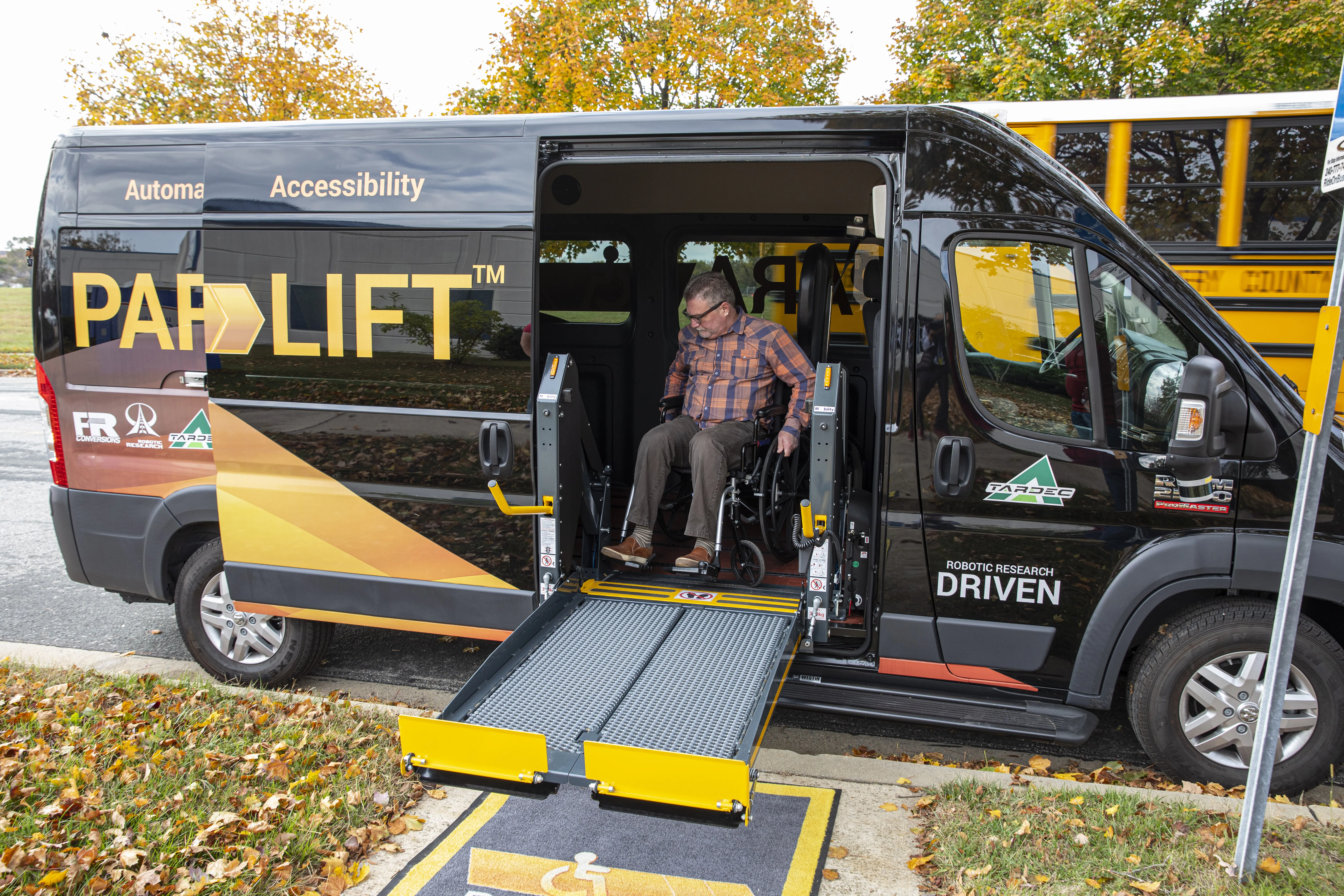Texas A&M University has announced plans to build a new research campus focusing on several new technologies, including driverless and connected vehicles, robotics and large scale testing, as well as smart power grids and water systems.
University chancellor John Sharp announced the US$150 million investment in the centre that will serve as a hub to help companies move ideas from the laboratory to the marketplace while also offering a new path toward a college degree.
The Riverside Campus, at a former WWII airbase, already houses Texas A&M’s transportation, will be renamed the Rellis Gateway Centre and will include a cluster of seven new buildings and test beds to encourage the private sector to develop secure research facilities adjacent to the site.
An education centre will offer 4-year degrees to students not admitted to Texas A&M University through affiliations with other universities in the Texas A&M System and would also be available for continuing education, short courses and other professional development programs.
Driverless cars to be focus of new Texas A&M research facility
Texas A&M University has announced plans to build a new research campus focusing on several new technologies, including driverless and connected vehicles, robotics and large scale testing, as well as smart power grids and water systems. University chancellor John Sharp announced the US$150 million investment in the centre that will serve as a hub to help companies move ideas from the laboratory to the marketplace while also offering a new path toward a college degree.
May 4, 2016
Read time: 2 mins










